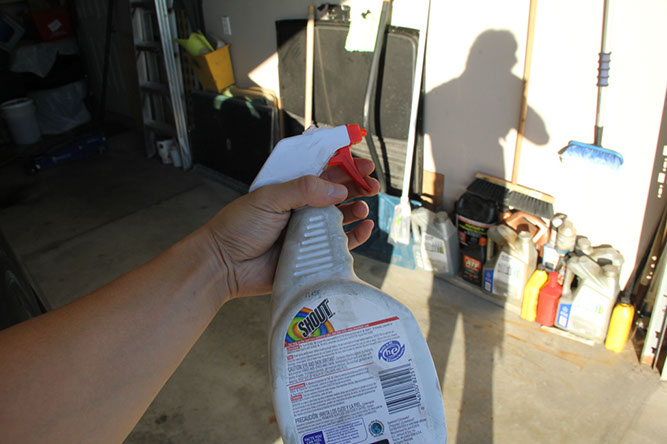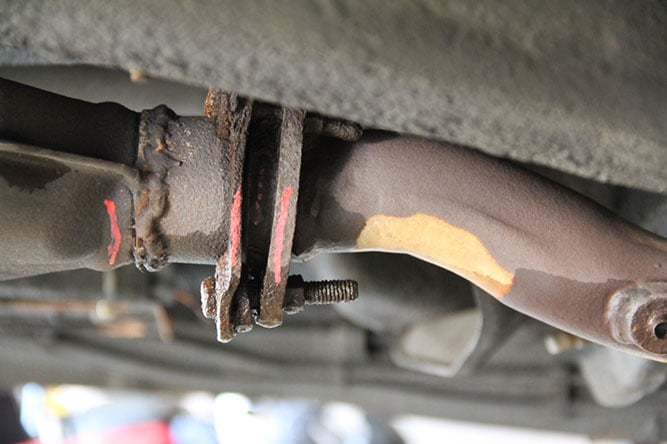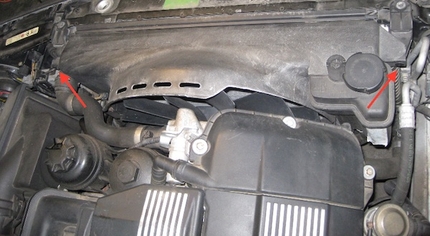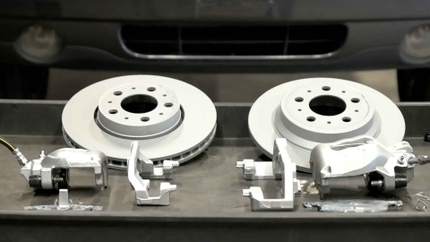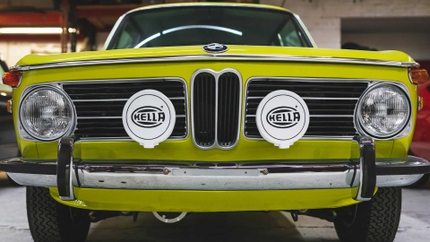I recently stated that one of the most annoying things of car ownership was dealing with oil leaks. I have just realized this statement should also include exhaust leaks.
Exhaust leaks generally sneak up on you
If your car is your daily driver, it is unlikely you will notice change in the exhaust noise as the leaks start out small and gradually increase in size and noise. It takes some event out of your regular schedule to notice something is off. For example, leaving your car on and needing to walk around it to move a garbage bin out of the way. However, if you do that on a weekly basis, you would probably still miss it. In the best case, over a couple weeks, or even months, your ears will finally realize that something’s amiss and shout at your brain to do something about it.
On the other hand, if you fail to notice any issues or your car simply wants your attention, a catastrophic failure will ensue. Unfortunately for my dad, it was him who was behind the wheel when a noticeable, but not major leak decided to make itself known a couple months ago. I believe the pictures speak for themselves. How the car made it back from a 40 minute drive, I will never understand. For 'leaks' like this, there's not much diagnosing needed other than a flashlight and a pair of working eyeballs. This was fixed with a pocket full of cash and a man who could weld. That man was not me.
Pressurize the exhaust system
The most recent exhaust leak episode was just a few days ago. On this occasion, I was being picked up and was able to ride in the back of my car for the first time in months. Being a 23 year old car it was like sitting in a comfy lounge chair. Unfortunately, there was no time to relax as this quite quickly followed with alarm of how loud it was. Oddly enough, I never noticed a thing when sitting up front in the captain’s seat. Not wanting another catastrophic failure like before, I jumped right to the task at hand.
Generally, I don’t take my car to the shop unless there’s something that I just can’t do myself, and my initial thoughts were that I didn't have compressed air to do the job. To check exhaust leaks, the most common method is to pressurize the exhaust system with compressed air and spray soapy water around suspected areas.
For those who don't know, Shop-Vacs have both a suction inlet and a blower outlet. Plug the hose into the outlet and it becomes a low-powered substitute for compressed air. But it can’t be that simple can it? Well actually yes, it can be.
Before you start, make sure your exhaust is cool to the touch and your engine is off.
All you need is a shop-vac and some duct tape. Tape your vacuum hose to your exhaust tip, ensuring it won’t pop off and that there are no leaks.
Step 1: Connect your shop vac to the tailpipe.
Step 3: Connect your hose to the blower outlet, not the vacuum inlet. Finally, turn on your vacuum after connecting it to the blower outlet and go to work. Crawl underneath your car and spray the soapy liquid over all suspected areas. In general, start at pipe connections, both welded, bolted, and clamped. Then, spray the entire exhaust to check for other leaks. On older cars like mine, you may be surprised to see leaks in places you wouldn't normally expect. Leaks will be seen with bubbling from the source. Larger leaks will simply blow away all the soap and water. In addition to soap and water, you can always put your hand up to different parts of the exhaust and feel for a stream of air.
I found leaks in many locations, some pinhole-sized, others, not. As I didn't have the tools to take care of the leaks, I clearly marked the points out with a paint pen in preparation for a trip to the shop. As you can see, there's quite a bit of work to do. At the moment, I'm on the fence. Should I just replace the whole exhaust, or patch it up with good welds. It's an old car, but I want to keep it on the road with a fix that will last.



